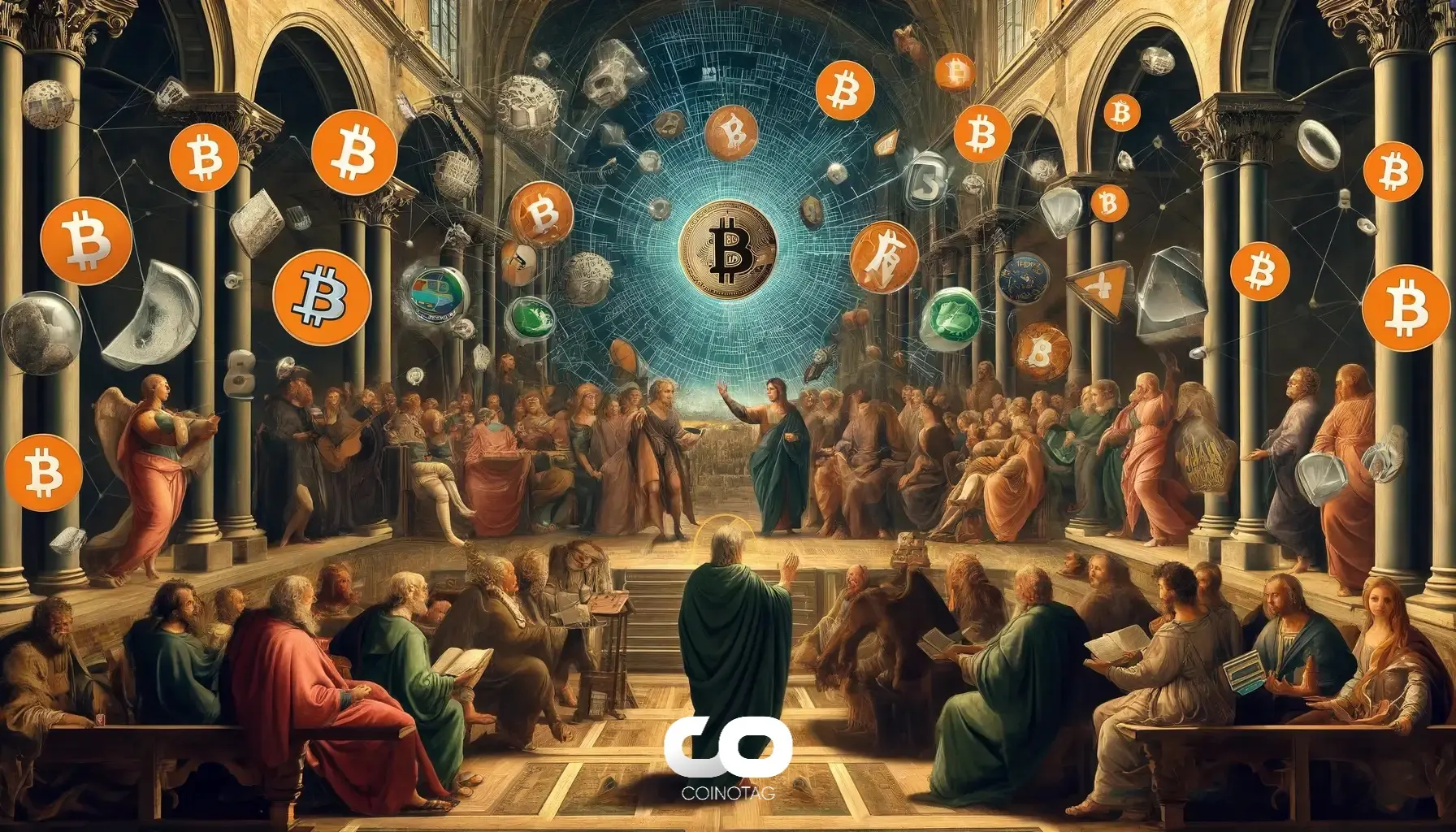
Polygon (MATIC)
What tools does Nimbus offer for effortlessly monitoring Polygon?
Nimbus provides a user-friendly tracking solution equipped with intuitive tools to monitor Polygon effortlessly. These tools are specifically designed for user convenience, allowing individuals to stay seamlessly updated on the latest trends, prices, and information related to Polygon. Users can also explore the world of cryptocurrency effortlessly while simultaneously tracking Polygon prices. The platform also offers insights into profit and loss, providing a comprehensive experience without the complexity typically associated with monitoring cryptocurrencies.
How does Nimbus enable tracking Polygon prices with profit and loss?
Nimbus facilitates the tracking of Polygon prices with profit and loss through seamless integration with your crypto wallet for portfolio monitoring. By connecting with your crypto wallet, Nimbus provides a clear and comprehensive overview of various metrics, including profits, losses, revenue, expenses, return on investment (ROI), and other essential financial indicators. This integration ensures that users can analyze their cryptocurrency portfolio with precision, gaining valuable insights into their financial performance. With Nimbus, users can navigate the cryptocurrency landscape with a perfect blend of simplicity and sophistication, enhancing their ability to make informed investment decisions.
How does Nimbus analyze Polygon, and what insights does it provide?
Certainly! Nimbus possesses a robust analysis tool that is adept at evaluating and interpreting Polygon . The tool employs diverse strategies, including delving into metadata details, tracking marketplace data, and calculating performance metrics such as Return on Investment (ROI). Through these methodologies, Nimbus provides users with valuable insights into the composition and performance of their Polygon. Users can gain a comprehensive understanding of their investment. The analysis tool ensures that users are equipped with the necessary information to navigate the cryptocurrency landscape with confidence and intelligence.
Trending News
Sol Strategies boosts Solana holdings with latest 190,000 SOL purchase
As of Jan. 31, Sol Strategies and its subsidiaries held an aggregate of 189,968 SOL, valued at nearly $41 million.
The Block
Feb 04, 2025


Sol Strategies boosts Solana holdings with latest 190,000 SOL purchase
As of Jan. 31, Sol Strategies and its subsidiaries held an aggregate of 189,968 SOL, valued at nearly $41 million.
The Block
Feb 04, 2025
Ethereum’da Karmaşık Piyasa Dinamikleri: Yükseliş Umutları ve Düşüş Eğilimleri Arasında Olası Bir Denge
Ethereum’un direnç seviyeleriyle mücadelesi devam ederken, piyasa dinamikleri boğa umutları ile ayı duyguları arasındaki karmaşık etkileşimleri ortaya koyuyor. $3.500 seviyesindeki son karşı durmaya rağmen, borsalardan yaşanan hafif çıkışlar, kararlı yatırımcıların birikim yapma hevesini sürdüğünü gösteriyor. COINOTAG’dan gelen bir kaynağa göre, “son zamanlarda tanık olunan uyku halindeki dolaşım artışı ve negatif finansman oranı, Ethereum’un fiyat görünümüne […]
CoinOTag
Feb 04, 2025


Ethereum’da Karmaşık Piyasa Dinamikleri: Yükseliş Umutları ve Düşüş Eğilimleri Arasında Olası Bir Denge
Ethereum’un direnç seviyeleriyle mücadelesi devam ederken, piyasa dinamikleri boğa umutları ile ayı duyguları arasındaki karmaşık etkileşimleri ortaya koyuyor. $3.500 seviyesindeki son karşı durmaya rağmen, borsalardan yaşanan hafif çıkışlar, kararlı yatırımcıların birikim yapma hevesini sürdüğünü gösteriyor. COINOTAG’dan gelen bir kaynağa göre, “son zamanlarda tanık olunan uyku halindeki dolaşım artışı ve negatif finansman oranı, Ethereum’un fiyat görünümüne […]
CoinOTag
Feb 04, 2025
Ethereum Faces Market Challenges Amid Modest Indicators of Bullish Sentiment
As Ethereum continues to grapple with resistance levels, market dynamics indicate a complex interplay of bullish hope and bearish sentiment. Despite recent opposition at the $3.5k mark, slight outflows from […]
CoinOtag EN
Feb 04, 2025


Ethereum Faces Market Challenges Amid Modest Indicators of Bullish Sentiment
As Ethereum continues to grapple with resistance levels, market dynamics indicate a complex interplay of bullish hope and bearish sentiment. Despite recent opposition at the $3.5k mark, slight outflows from […]
CoinOtag EN
Feb 04, 2025
Why Will Ethereum Return To $1,500 In Coming Weeks - Speculation Over ETH Dominance As Remittix Growth Soars
For the last few months, there has been rising concern about Ethereum's future as the top altcoin. A close look into the crypto market shows the ETH price moving sideways and looking unconcerned by the bull run building up
CryptoDaily
Feb 04, 2025


Why Will Ethereum Return To $1,500 In Coming Weeks - Speculation Over ETH Dominance As Remittix Growth Soars
For the last few months, there has been rising concern about Ethereum's future as the top altcoin. A close look into the crypto market shows the ETH price moving sideways and looking unconcerned by the bull run building up
CryptoDaily
Feb 04, 2025
SEC’s New Crypto Task Force Seeks to Clarify Regulatory Framework for Digital Assets
The launch of the U.S. SEC’s new crypto task force marks a pivotal shift in the regulatory landscape for digital assets, aiming to redefine how cryptocurrencies are classified. This initiative […]
CoinOtag EN
Feb 04, 2025
SEC’s New Crypto Task Force Seeks to Clarify Regulatory Framework for Digital Assets
The launch of the U.S. SEC’s new crypto task force marks a pivotal shift in the regulatory landscape for digital assets, aiming to redefine how cryptocurrencies are classified. This initiative […]
CoinOtag EN
Feb 04, 2025
MATIC Market Statistics
Price USD
$0.437681Market Cap
$1,023,884,809.00Total Volume USD
$19,650,533.38Total Supply
10,000,000,000.00 MATICCirculating Supply
2,339,337,771.58 MATICFully Diluted Market Cap
$4,376,814,761.17Socials
Official links
Join us to Maximize your Returns & Minimize your Risk
Gain access to all exclusive data, insight that can make your investment more joy